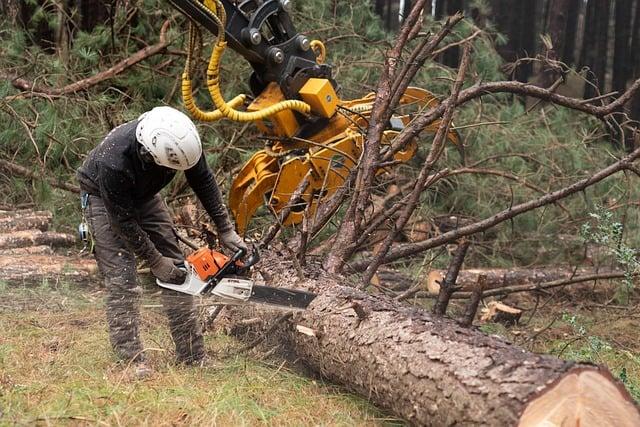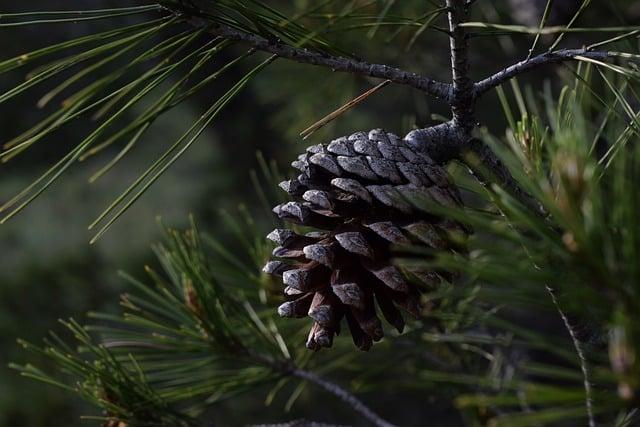- Introduction
- The Botanical History of Pine Trees
- Ecological Role of Pines
- Common Types of Pine Trees
- Economic and Cultural Importance of Pines
- Conclusion
- FAQs
- References
Introduction
The **Pinus** genus, better known as pine trees, is a fascinating subject not only for botanists but also for nature enthusiasts, forest ecologists, and even those in the wood industry. From their intricate history spanning millions of years to their fundamental role in ecosystems, pine trees deserve a deeper exploration. In this article, we’ll dive into various aspects concerning pine trees.
We begin with an exploration of their botanical roots followed by a discussion of their ecological significance. Next, we look at common types of pines that readers might encounter globally before delving into their economic and cultural influence. Finally, we'll conclude with a summary of key insights and provide answers to frequently asked questions.
The Botanical History of Pine Trees

(Image: Pixabay/@OpenClipart-Vectors)
The **Pinus** genus falls under the umbrella of the larger **Pinaceae** family, encompassing about 120 recognized species of pines. These trees have a rich evolutionary history, long predating the appearance of flowering plants. Fossil records trace their existence back to the Mesozoic era over 200 million years ago—a period dominated by dinosaurs. Pines adapted to a wide range of climates and environmental conditions over eons, which explains their current distribution across the Northern Hemisphere.
The shape and longevity of pines are key factors of interest. Many species can live for centuries, with some, like the **Great Basin Bristlecone Pine** (*Pinus longaeva*), considered among the oldest living organisms on Earth — some specimens exceed 4,800 years! One of the distinguishing botanical traits of pines is the needle-like leaves arranged in clusters known as fascicles.
Apart from their needles, pine trees produce unique cones that serve the reproductive needs of these gymnosperms (non-flowering seed plants). Male cones typically distribute pollen, while female cones produce seeds, often dispersed by wind, animals, or forest fires.
Ecological Role of Pines

(Image: Pixabay/@MountainDweller)
Pine trees play a pivotal role in ecosystems around the world. They are excellent colonizers of various biomes, from coastal regions and valleys to high-altitude mountain slopes. One of pine trees’ most important contributions is creating stable habitats that foster biodiversity. The dense canopies and leaf litter produced by pines provide shade and protection for various plants, insects, fungi, and other organisms.
Many pine species have specialized relationships with mycorrhizal fungi—a symbiotic partnership where fungi help pines absorb nutrients from the soil, particularly nitrogen and phosphorus, in exchange for carbohydrates from the tree’s photosynthetic efforts. This mutually beneficial system contributes greatly to the soil's fertility in pine-dominant regions.
Additionally, pine trees play a crucial role in carbon sequestration. Their high growth rate and large biomass allow them to absorb significant amounts of CO2 from the atmosphere, making them key players in combating climate change. Some species, like the **Lodgepole Pine** (*Pinus contorta*), are even fire-adapted and rely on periodic wildfires to open their cones and regenerate the forest.
Common Types of Pine Trees

(Image: Pixabay/@Pexels)
Although the **Pinus** genus includes around 120 species, several types are more well-known for either their ecological role or economic value:
- **Eastern White Pine** (*Pinus strobus*): Native to North America, this tall, straight-trunked pine was heavily logged in the 19th century but remains iconic. Its lightweight wood is prized for construction and furniture-making.
- **Scots Pine** (*Pinus sylvestris*): Found extensively in Europe and parts of Asia, this tree is recognizable by its orange-brown bark and blue-green needles. With adaptability to different soils, it is one of the most planted pines worldwide.
- **Ponderosa Pine** (*Pinus ponderosa*): Native to the western U.S., Ponderosa pines stand out for their towering height and park-like landscapes formed by frequently spaced trunks.
Each pine tree type has found a unique niche within its ecosystem and has contributed significantly to regional cultures, practices, and economies.
Economic and Cultural Importance of Pines

(Image: Pixabay/@sabinevanerp)
Pines have played a critical economic and cultural role across continents. Historically, pine wood became a staple in construction, particularly in the Americas and Europe, due to its availability and strength. Today, pine remains one of the most popular softwoods for furniture-making and paper production. Pine-based products, such as turpentine and rosin, derived from the resin of certain species, also have various industrial applications, including varnishes, adhesives, and even medicines.
Culturally, pines hold significance in numerous traditions and artworks. In Japan, for example, pine trees symbolize longevity and persistence and are central to the ancient practice of bonsai. Evergreen throughout harsh winters, they represent resilience, hope, and steadfastness.
Pine forests also contribute to tourism and outdoor recreational industries, as many national parks are teeming with sublime pine landscapes. Whether for skiing, hiking, or simple forest bathing, pines continue to inspire awe and appreciation across societies.
Conclusion
Whether examined through an ecological, economic, or cultural lens, pine trees are undeniably fascinating and valuable. Their roles in habitat formation, air quality improvement through carbon sequestration, and a staggering array of commercial uses make them essential players both in natural ecosystems and human industry.
If one lesson is clear, it’s that we ought to maintain and preserve these incredible trees for future generations to enjoy—not only for their material value but for the immeasurable benefits they bestow upon the environment and society.
FAQs
What is the oldest species of pine tree?
The **Great Basin Bristlecone Pine** (*Pinus longaeva*) holds the record for being one of the oldest living pine species. Certain individuals of this species exceed 4,800 years of age.
Where are pine trees commonly found?
Pine trees are primarily distributed across the Northern Hemisphere, thriving in countries throughout North America, Europe, and parts of Asia.
Why are pines considered ecologically important?
Pines play a crucial ecological role by stabilizing soils, supporting biodiversity, fostering symbiotic relationships with fungi, and sequestering large amounts of carbon dioxide from the atmosphere.
Are all pine trees evergreen?
Yes, most pine trees are evergreen, retaining their needles throughout the year, although they do shed old needles periodically.

